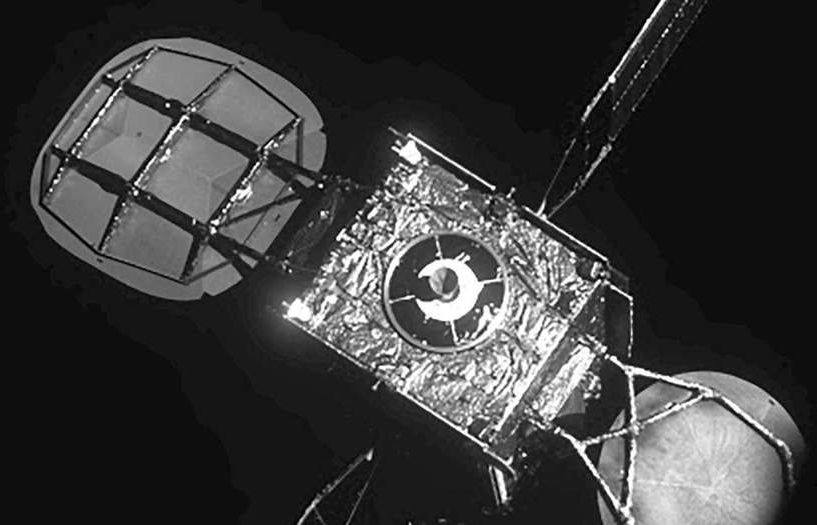The new approach could even pave the way for 100 percent self-sufficiency in power, heat, and water.
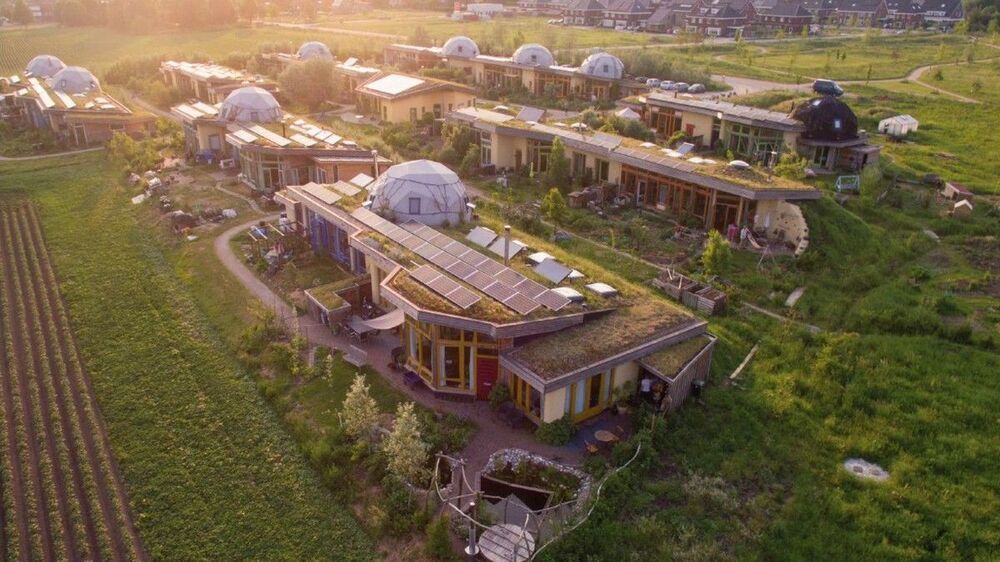


Hybrid “power capacitors” that can store as much energy as lithium batteries, but with much higher charge/discharge rates, a huge range of safe operating temperatures, super-long lifespans and no risk of explosion are already in production, says a small Belgian company that’s been testing them and selling them for some time.
Chinese family-owned company Shenzhen Toomen New Energy is tough to find, at least on the English-language internet, but Belgian electronic engineer Eric Verhulst bumped into Toomen representatives on a tiny stand at the Hannover Messe expo in Germany back in 2018, while looking for next-gen battery solutions for an electric mobility startup he was running.
The Toomen team made a hell of a claim, saying they’d managed to manufacture powerful supercapacitors with the energy density of lithium batteries. “Of course, that’s an unbelievable claim,” Verhulst told us. “It’s a factor of 20 better than what, for example, Maxwell had at the time. So I took my time, went over there, looked at their tests, did some tests myself, and I got convinced this is real. So at the end of 2018, we made an agreement to become their exclusive partner.”
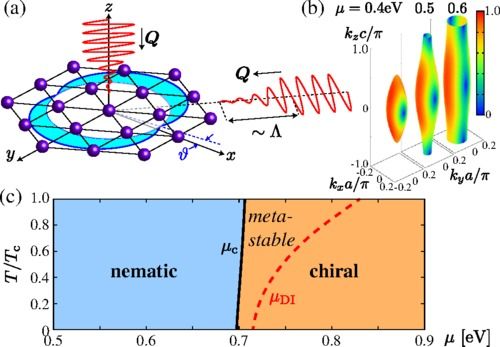
Nematic superconductivity with spontaneously broken rotation symmetry has recently been reported in doped topological insulators, M x Bi 2 Se 3 (M = Cu, Sr, Nb). Here we show that the electromagnetic (EM) response of these compounds provides a spectroscopy for bosonic excitations that reflect the pairing channel and the broken symmetries of the ground state. Using quasiclassical Keldysh theory, we find two characteristic bosonic modes in nematic superconductors: the nematicity mode and the chiral Higgs mode. The former corresponds to the vibrations of the nematic order parameter associated with broken crystal symmetry, while the latter represents the excitation of chiral Cooper pairs. The chiral Higgs mode softens at a critical doping, signaling a dynamical instability of the nematic state towards a new chiral ground state with broken time reversal and mirror symmetry. Evolution of the bosonic spectrum is directly captured by EM power absorption spectra. We also discuss contributions to the bosonic spectrum from subdominant pairing channels to the EM response.
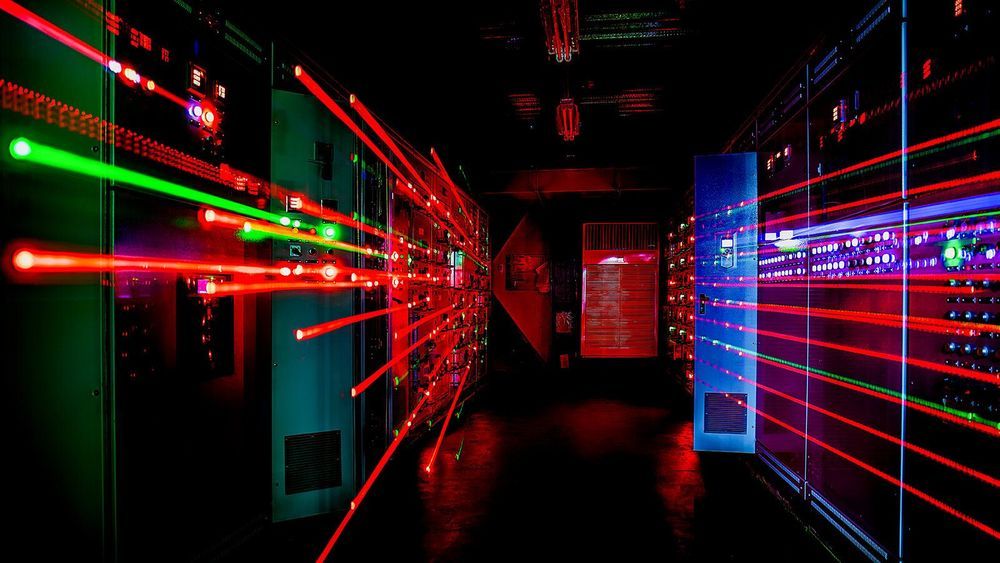
Power systems and communication networks are increasingly interdependent, which can affect the response and recovery times when problems occur.
Today’s smart grid involves components that talk to each other, sending signals over communication networks to keep power flowing smoothly and efficiently. But what happens when the “conversation” goes quiet?
A team of researchers at the U.S. Department of Energy’s (DOE) Argonne National Laboratory and the Illinois Institute of Technology recently explored the literature on this link between the power system and its communication networks, finding that many studies do not adequately consider the two-way nature of this relationship and its impact on grid resilience. Their paper, “Electric Power Grid Resilience with Interdependencies between Power and Communication Networks—A Review,” was recently published in IET Smart Grid, a journal from the Institution of Engineering and Technology.
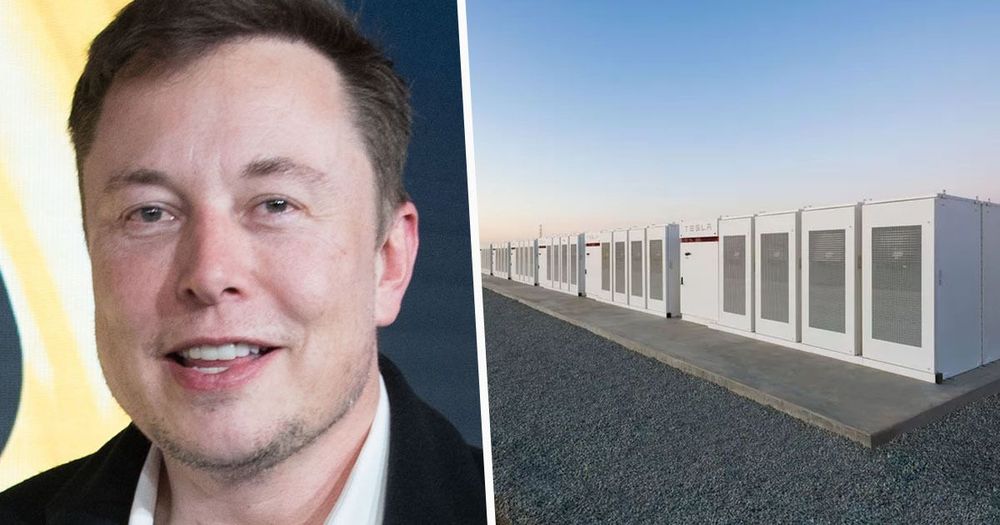
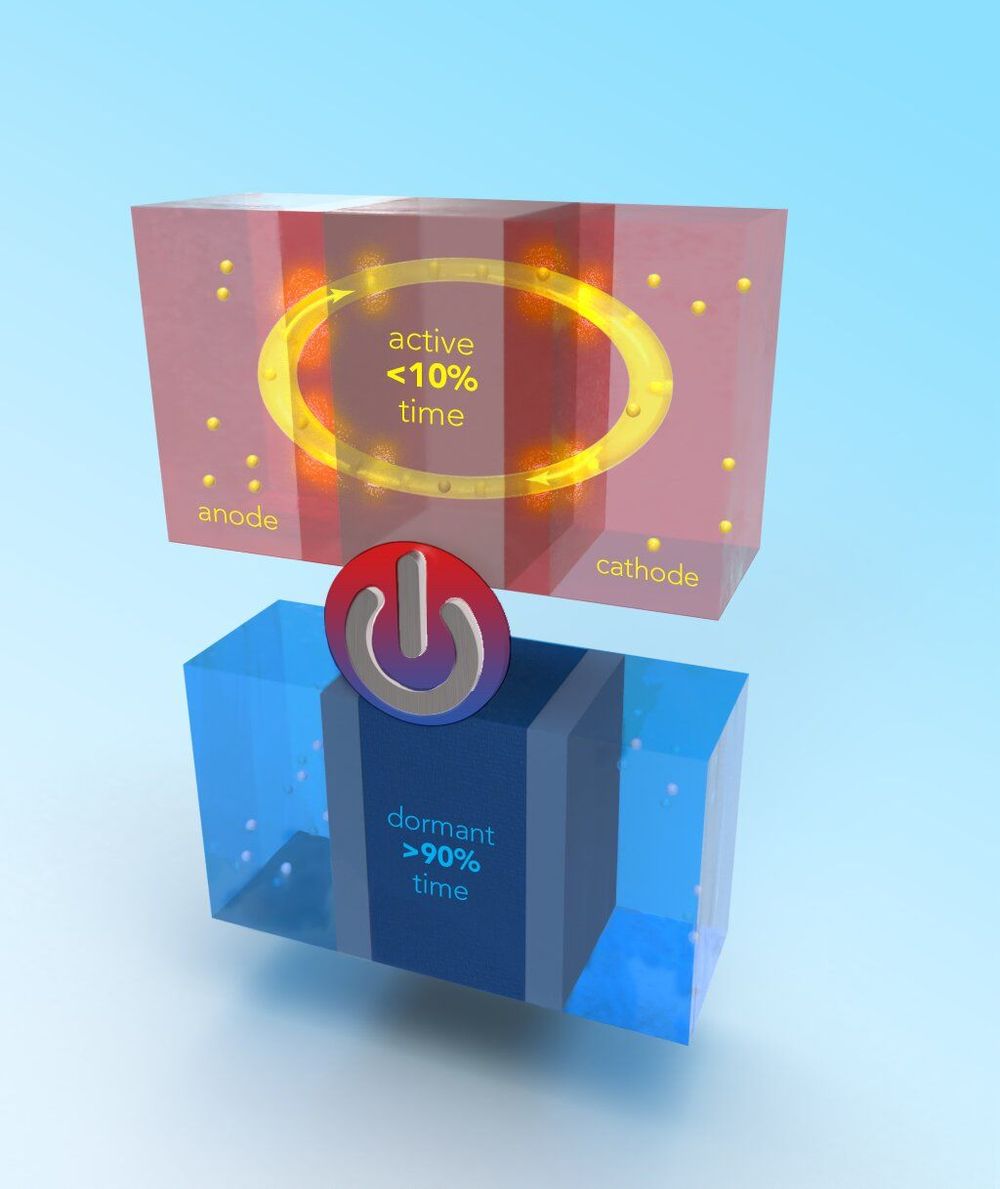
A lithium-ion battery that is safe, has high power and can last for 1 million miles has been developed by a team in Penn State’s Battery and Energy Storage Technology (BEST) Center.
Electric vehicle batteries typically require a tradeoff between safety and energy density. If the battery has high energy and power density, which is required for uphill driving or merging on the freeway, then there is a chance the battery can catch fire or explode in the wrong conditions. But materials that have low energy/power density, and therefore high safety, tend to have poor performance. There is no material that satisfies both. For that reason, battery engineers opt for performance over safety.
“In this work we decided we were going to take a totally different approach,” said Chao-Yang Wang, professor of mechanical, chemical and materials science and engineering, and William E. Diefenderfer Chair in Mechanical Engineering, Penn State. “We divided our strategy into two steps. First we wanted to build a highly stable battery with highly stable materials.”

Going Green
Experts told Wired that the technique could eventually be used to extend a battery’s charge and discharge rate by forcing the millions of viruses to create a highly ordered electrode structure, with shortcuts for ions moving through electrodes.
“Something my lab is completely focused on now is trying to get the cleanest technology,” Belcher told the magazine.
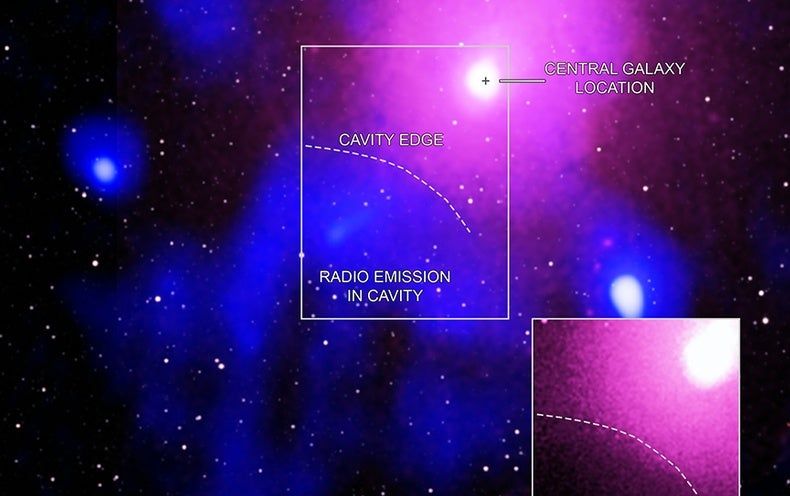
Astronomers have spotted a cosmic blast that dwarfs all others.
A gargantuan explosion tore through the heart of a distant galaxy cluster, releasing about five times more energy than the previous record holder, a new study reports.
“In some ways, this blast is similar to how the eruption of Mt. St. Helens in 1980 ripped off the top of the mountain,” study lead author Simona Giacintucci, of the Naval Research Laboratory in Washington, D.C., said in a statement. “A key difference is that you could fit 15 Milky Way galaxies in a row into the crater this eruption punched into the cluster’s hot gas.”

If planes were as reliable as in-flight Wi-Fi, we’d never get on a flight again. Fortunately, industry group Seamless Air Alliance is working to change that. The group operates under the mission of bringing “industries and technologies together to make the in-flight internet experience simple to access and delightful to use.” Its idea? To get rid of the toxic brew of current proprietary systems operated by each airline and instead establish a standard for in-flight Wi-Fi that can be flexibly swapped in and out to better allow airlines to respond as technology improves.
“The goal of the Alliance is to deliver high-speed, low-latency 5G quality access inside the plane,” the FAQ section of the group’s website states. “Access to the network will be seamless, meaning any enabled user device will work without any login, sign-on or other activities. The internet experience itself will be as good as, and in many cases better than, the home experience, including low latency, high speed, and a gate-to-gate continuity of service.”
An article for IEEE Spectrum notes that “a plane’s antennas are currently stored in a relatively small hump on the top of the craft, typically about 45 centimeters high. Even though it’s so small, that hump causes tremendous amounts of wasted jet fuel, [Seamless Air Alliance CEO Jack] Mandala says, causing an estimated minimum of an extra $75,000 per aircraft per year in fuel costs.”
